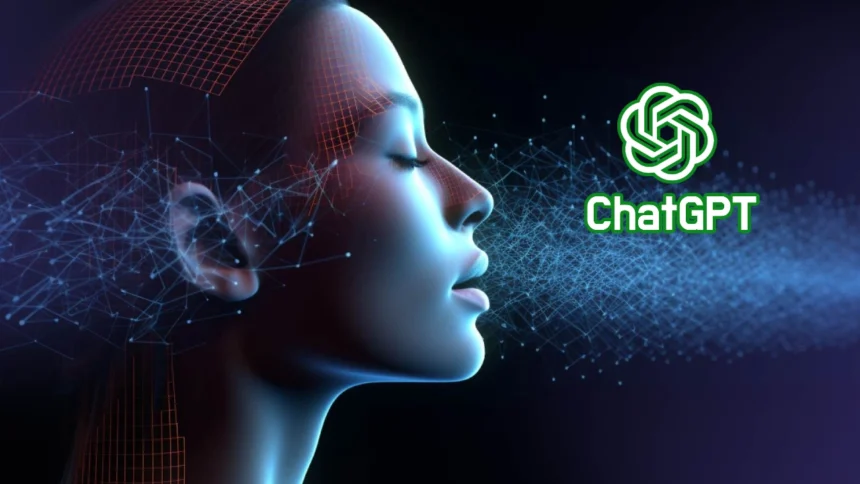Overview:
Sora, OpenAI’s text-to-video generator, employs generative AI to produce realistic videos guided by written instructions, representing a notable advancement in the field. As it debuts, questions arise regarding the ethical and societal impact, especially in the context of the 2024 election cycle.
Introducing Sora, OpenAI’s latest text-to-video generator revealed on Thursday. Powered by generative artificial intelligence, Sora quickly generates short videos in response to written commands. While similar technologies exist, industry analysts emphasize the exceptional video quality showcased by Sora, highlighting its substantial advancement in the realm of text-to-video generation and its significance for OpenAI’s trajectory.
However, in the swiftly evolving landscape of AI, the emergence of such technology also sparks concerns about potential ethical and societal ramifications. Here’s a breakdown of what you should be aware of.
What is Sora? Can I Use It Yet?
Sora is a text-to-video generator that produces videos up to 60 seconds in length, utilizing generative AI and responding to written prompts. The model is versatile, as it can also generate videos from existing still images.
Generative AI, a subset of artificial intelligence, specializes in creating novel content. Examples include chatbots like OpenAI’s ChatGPT, and image generators such as DALL-E and Midjourney. While getting an AI system to generate videos is a more recent and complex development, it builds upon similar technological foundations.
As of now, Sora is not accessible to the public. OpenAI has stated that it is currently in discussions with policymakers and artists before the official release of the tool. Many details are still undisclosed. However, since the announcement on Thursday, the company has provided a glimpse into the capabilities of Sora by sharing a few examples of videos generated by the tool.
OpenAI CEO Sam Altman recently took to Twitter (now X) and asked users to suggest prompts for Sora. He later shared realistic videos generated by the tool in response to prompts like “two golden retrievers podcasting on top of a mountain” and “a bicycle race on the ocean with different animals as athletes riding the bicycles with a drone camera view.”
Despite Sora’s ability to create intricate and detailed scenes, OpenAI acknowledges certain weaknesses, particularly in spatial and cause-and-effect elements. An example highlighted on the company’s website illustrates that while a person might be shown taking a bite out of a cookie, the subsequent representation may lack the corresponding bite mark on the cookie.
Are there other AI-generated video tools available today?
OpenAI’s Sora isn’t the first of its kind. Google, Meta, and the startup Runway ML are among companies that have demonstrated similar technology.
However, industry analysts highlight the perceived quality and noteworthy duration of Sora-generated videos presented thus far. Fred Havemeyer, the head of U.S. AI and software research at Macquarie, expressed that Sora’s introduction signifies a significant advancement for the industry.
“Not only can you create longer videos, up to 60 seconds, but the videos being generated appear more natural and seem to adhere better to the principles of physics and the real world,” Havemeyer stated. “You’re encountering fewer ‘uncanny valley’ videos or anomalies on the video feeds that appear… unnatural.”
Despite the notable advancements in AI-generated video, such as the introduction of Stable Video Diffusion last November, Forrester senior analyst Rowan Curran acknowledges the need for additional “stitching together” to maintain character and scene consistency in these videos.
However, Curran points out that Sora’s videos stand out in terms of both consistency and length, presenting “new opportunities for creatives to integrate elements of AI-generated video into more traditional content, and now even to generate full-blown narrative videos from one or a few prompts.” Curran shared these insights with The Associated Press via email on Friday.
What are the potential risks of Sora?
Despite the impressive capabilities displayed by Sora since its launch on Thursday, concerns persist regarding the ethical and societal implications of AI-generated video applications.
Havemeyer highlights substantial risks, especially in the potentially contentious 2024 election cycle. The existence of a “potentially magical” method for creating realistic-looking and sounding videos poses numerous challenges within the realm of politics and beyond, raising concerns about fraud, propaganda, and misinformation.
“The adverse consequences of generative AI will be a pivotal subject of discussion in 2024,” Havemeyer emphasized. “It’s a significant issue that every business and individual will need to confront this year.”
As governments worldwide strive to catch up, tech companies continue to wield significant influence in governing AI and managing its risks. In December, the European Union finalized a deal on the world’s first comprehensive AI rules; however, the regulations won’t come into effect until two years after receiving final approval.
OpenAI’s Safety Measures for Sora’s Release:
On Thursday, OpenAI announced that it is implementing crucial safety measures before the widespread availability of Sora.
The company stated, “We are collaborating with red teamers – experts in domains such as misinformation, hateful content, and bias – who will be rigorously testing the model adversarially.” Additionally, OpenAI is developing tools to identify misleading content, including a detection classifier capable of discerning when a video was generated by Sora.
Anna Makanju, OpenAI’s Vice President of Global Affairs, reiterated on Friday at the Munich Security Conference that the company is approaching the release of Sora with caution. She highlighted OpenAI’s commitment to combatting AI-generated election deepfakes, with the company being part of a voluntary collaboration with 19 other technology firms.
However, OpenAI has provided limited information about the construction of Sora. The technical report did not disclose the imagery and video sources used for training, and the company has not immediately responded to requests for additional comments as of Friday.
The release of Sora also occurs amid ongoing lawsuits against OpenAI and its business partner Microsoft. Some authors and The New York Times have filed lawsuits over the use of copyrighted works in training ChatGPT. OpenAI pays an undisclosed fee to the AP for licensing its text news archive.



